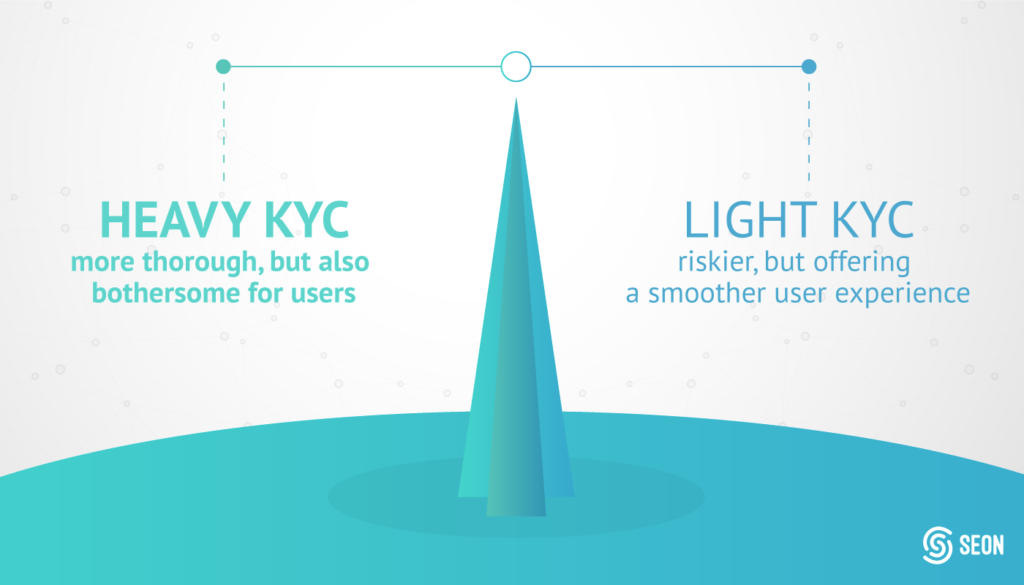However you measure the success of your online gambling website, at some point or another, you’ll need to focus on the best conversion processes.
For some, a successful conversion is a sign up. For others, it’s a deposit of funds. What we’d like to point out today is that all the steps of a gambling player’s journey are interconnected.
And regardless of your metric, we believe there are three key points to focus on in order to maximize any kind of conversion:
- Reduce user friction as much as possible
- Ensure player legitimacy
- Gain a complete view of the user journey and experience
We’ll later point out how fraud prevention tools can help with all three of these key points. But before we get ahead of ourselves let’s look at the typical user journey.
The Typical Online Gambling User Journey
It can roughly be summed up in the following steps:
- Users visit an affiliate partner website, which points to your platform
- They register on your platform
- They are logged in
- They deposit, usually taking advantage of a first-time bonus
- They play games
- If lucky, they withdraw their winnings
Where Risk Lies for Gambling Operators
Now a key point is that risk exists – and is detectable – at every stage of the aforementioned journey. For instance, it is entirely possible that your highest risk factor is a bad affiliate who sends you damaging traffic.
Similarly, every stage thereafter is potentially just as dangerous. Here’s what could happen:
User registration:
- Fake accounts: are your users really who they say they are?
- Multi accounting users: are users creating multiple accounts?
User login:
- Account takeover: have your legitimate users’ account been stolen and used by fraudsters?
User deposit through bonus offer:
- Bonus abuse: are they using the bonus to exploit your platform?
- Payment fraud: is the credit card information stolen? Or is it friendly fraud?
Winnings withdrawal:
- Bonus abuse: will you lose more than you gain with these user?
Reducing Risk – The Existing Solutions

As we’re sure you’re already aware, online operators currently have a good range of available tool sets to reduce fraud. First, there are two forms of KYC processes:
- Heavy KYC: more thorough, but also bothersome for users
- Light KYC: riskier, but offering a smoother user experience
On the heavy KYC side, we will find security measures such as:
- ID verification: (submission of selfie with official documents, photo + username, photocopies of bills, passport pictures etc…)
- 2FA: 2 factor authentication, which uses an external device (phone login, or SMS verification, amongst others)
- Credit card preauthorization: using a temporary “hold” of funds for a set number of days to ensure the card is valid and detect fake card data.
In the light KYC camp, we find methods designed to assess a user’s digital identity. These include:
- Email analysis: checking if the used email address has been used before on social media, if it has been newly created, and if the domain is trustworthy
- Reverse phone lookup: checking the validity, the country of carrier, social media presence, etc.
- IP analysis: understanding if the traffic comes from a VPN, TOR, and where the connection comes from.
- Device fingerprinting: learning how users access your platform. Are they suspiciously switching browsers? Using emulators to spoof mobile devices?
Balancing Light and Heavy KYC
[bctt tweet=”Most gambling operators take a one-size-fits-all approach to fraud prevention. This either makes their processes too heavy-handed, or largely inefficient.” username=”seon_tech”]
The problem? Most gambling operators take a one-size-fits-all approach to fraud prevention. This either makes their fraud prevention processes too heavy-handed, or largely inefficient. Here is what we believe is the optimum way to reduce friction while maximizing prevention:
- At the point of registration: collect several digital identity data points. Using light KYC factors helps users register fast, and seamlessly. Conversion is kept high.
- If the user appears suspicious (using a disposable email domain, device emulator, previously used IP), the system remains on high alert, ready for heavy KYC to kick in.
- At login: you want your KYC to be light. Yes, account takeover remains a factor, but suspicious data will be stored and cross checked to calculate an accurate risk factor later.
- At the withdrawal / bonus validation stage: Heavy KYC must be employed here. It is a regulatory requirement. But once again, we can use previous risk calculation to determine how heavy the ID verification should be. Our good users enjoy a flawless experience. Suspicious users need to amp up their ID confirmation efforts.
Conclusion
Fraudsters often succeed because of their agility. This means gambling operators must be equally flexible in how they flag suspicious users – especially if they don’t want to increase conversion by improving the legitimate players’ experience.
Ideally, a good fraud prevention tool should give you enough flexibility to alternate between light and heavy KYC processes. Moreover, gaining a full picture of the user journey helps improve risk scoring and accuracy in fraud detection.
But there’s more. For instance, using a complete, end-to-end fraud prevention platform like SEON will have more benefits:
- You can determine which affiliates are fraudulent and send questionable traffic. This will allow you to increase budget for the good sources, and remove bad ones.
- Detect fraudulent payment and prevent chargebacks before they can happen.
- Use saved data to dispute chargebacks and discover friendly fraud
- Increase player trust and loyalty by avoiding account takeovers
See how SEON can help you prevent fraud in your online gambling business.








